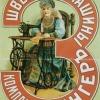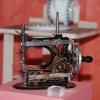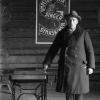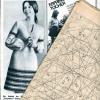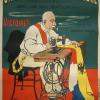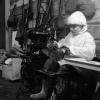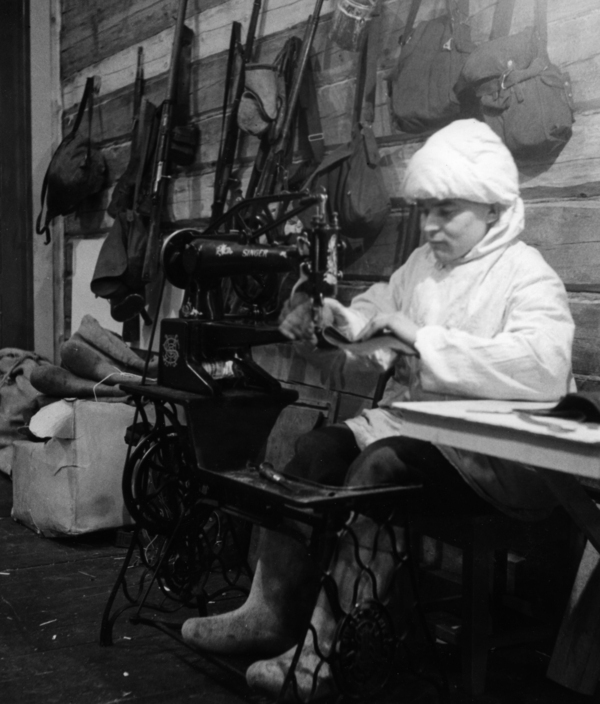Singer goes to war
From their debut on the market, Singer machines played important parts on many sides of military conflict. During the First World War, Russian authorities seized a huge transport of Singer machines that the company had intended to sell and use in factories for the military.
Patriotic ads showing soldiers using Singers to make uniforms or flags were soon replaced by real photographs from the front, such as this one, showing a Finnish soldier mending his white uniform, or a British sailor frantically repairing his clothes at the deck of a destroyer during the Second World War.
The sewing machine literally made its way onto the battlefield and could have been called a multipurpose tool of war. During the Second World War, Singer, and later other manufacturers, took advantage of their expertise in precision engineering to expand into other aspects of military production, mostly rifles, sights, fire control equipment, and aircraft parts.
 Previous Story
Next Tour
Previous Story
Next Tour
How to cite this page
Slawomir Lotysz, 'Singer goes to war', Inventing Europe, http://www.inventingeurope.eu/daily-lives/singer-goes-to-war
Sources
- Vaghefi, Mohammad Reza et al. International Business: Theory and Practice. New York: Taylor & Francis, 1991.





